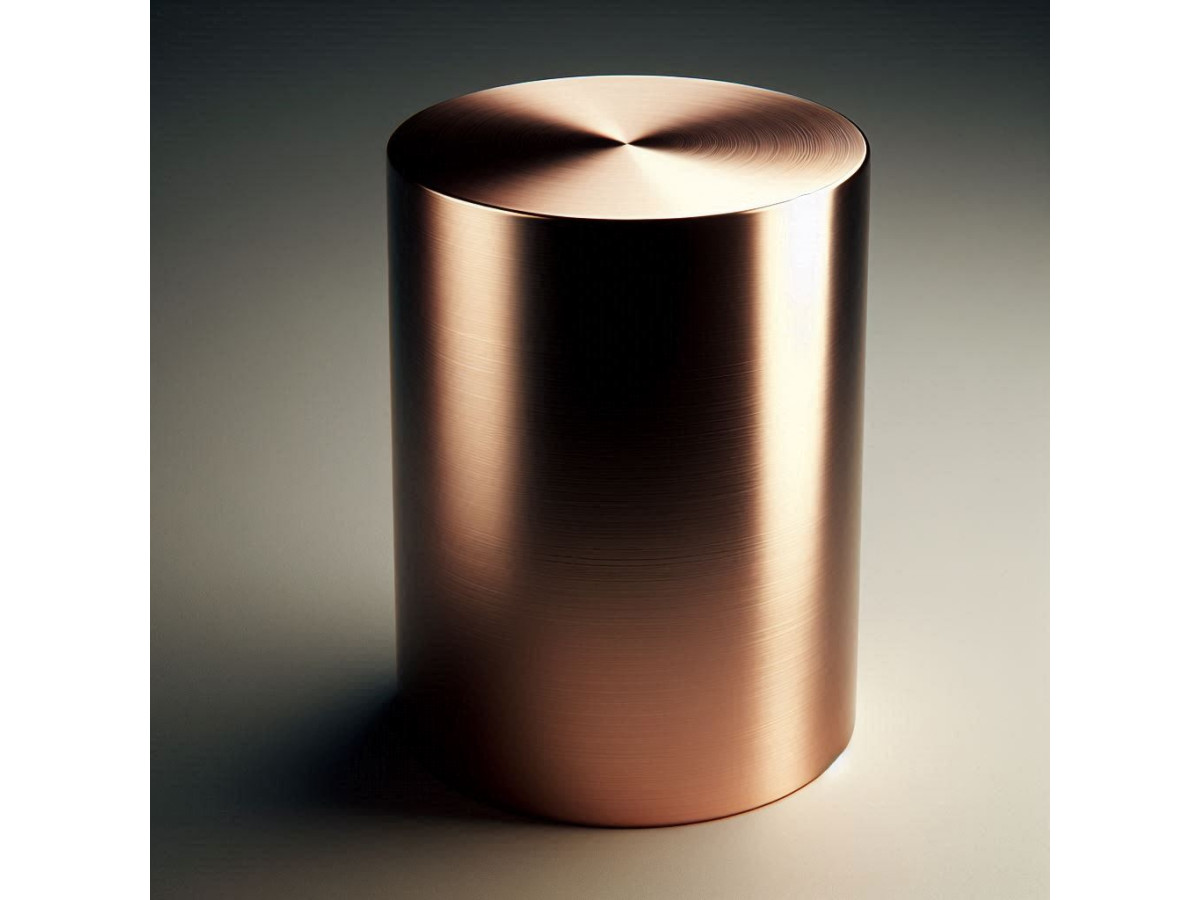Bronze bars (rods) are an indispensable material in modern industry, widely used in mechanical engineering, instrument manufacturing, and other sectors. However, to ensure the reliability and durability of end products, it is critically important to recognize potential defects in this metal product and know how to prevent them.
The main types of defects in bronze bars can be divided into manufacturing and operational defects. Manufacturing defects occur directly during the production of the metal product and can significantly affect its performance characteristics. Operational defects arise from improper storage, transportation, or use of the material.
Common Defects
The most common manufacturing defects in bronze bars include:
- Structural inhomogeneity: The material density is uneven, affecting the strength and durability of the product.
- Internal cavities and voids: Hidden cavities weaken the metal, making it vulnerable to failure.
- Deviations from the stated chemical composition: Non-compliance with the alloy formula leads to changes in the material properties, reducing its quality.
- Mechanical surface damage: Scratches, dents, and other defects disrupt the integrity of the metal, promoting corrosion.
- Non-conformance to geometric dimensions: Deviations from specified parameters affect the accuracy of part and assembly production.
- Liquation inclusions: Uneven distribution of alloy components weakens the metal and reduces its plasticity.
- Cracks of various types: Breaks in the metal structure significantly decrease its strength and may lead to sudden failure.
- Signs of corrosion: Chemical interactions with the environment degrade the metal, lowering its performance characteristics.
Each of these defects can significantly reduce the quality of the final product or lead to its premature failure. Hidden defects, which are difficult to detect during a visual inspection, are particularly dangerous. For instance, internal cavities can cause a part to fail under loads significantly lower than those calculated.
How to Detect Defects?
Various quality control methods are used to detect defects. Visual and dimensional control can identify surface defects, as well as deviations in size and shape. Ultrasonic testing reveals internal discontinuities in the material. Chemical analysis determines the conformity of the composition to the stated bronze grade. Metallographic studies show the metal's structure and the presence of inclusions.
To avoid quality issues with bronze bars, it is necessary to follow these rules when purchasing and storing:
- Work only with verified suppliers.
- Require a complete set of quality certificates.
- Conduct incoming quality control.
- Ensure proper storage conditions.
- Follow transportation rules.
- Use specialized packaging.
- Regularly check the condition of stock.
- Keep records of identified defects.
Special attention should be paid to the storage conditions of bronze bars. The storage area should be dry, well-ventilated, and at a constant temperature. It is unacceptable to store the material directly on the floor or near chemically active substances. Rods should be placed on special racks with adequate spacing for air circulation.
When transporting bronze bars, it is crucial to prevent mechanical damage and exposure to atmospheric precipitation. Loading and unloading operations should be carried out using specialized equipment that prevents deformation and surface damage to the material.
Timely identification of defects allows for the prevention of using substandard material in production, thus avoiding associated financial losses. It is important to remember that the cost of replacing a defective part in a finished product far exceeds the expenses for incoming quality control of metal products.
To reduce the risk of acquiring low-quality products, it is essential to regularly conduct supplier audits and analyze data on identified defects. This approach helps to promptly identify systemic problems and take appropriate measures to resolve them.
In conclusion, it should be noted that the quality of bronze bars directly impacts the reliability and durability of the products made from them. Therefore, investments in organizing incoming quality control and ensuring proper storage conditions for the material always pay off by reducing the risks of defects and related costs.

